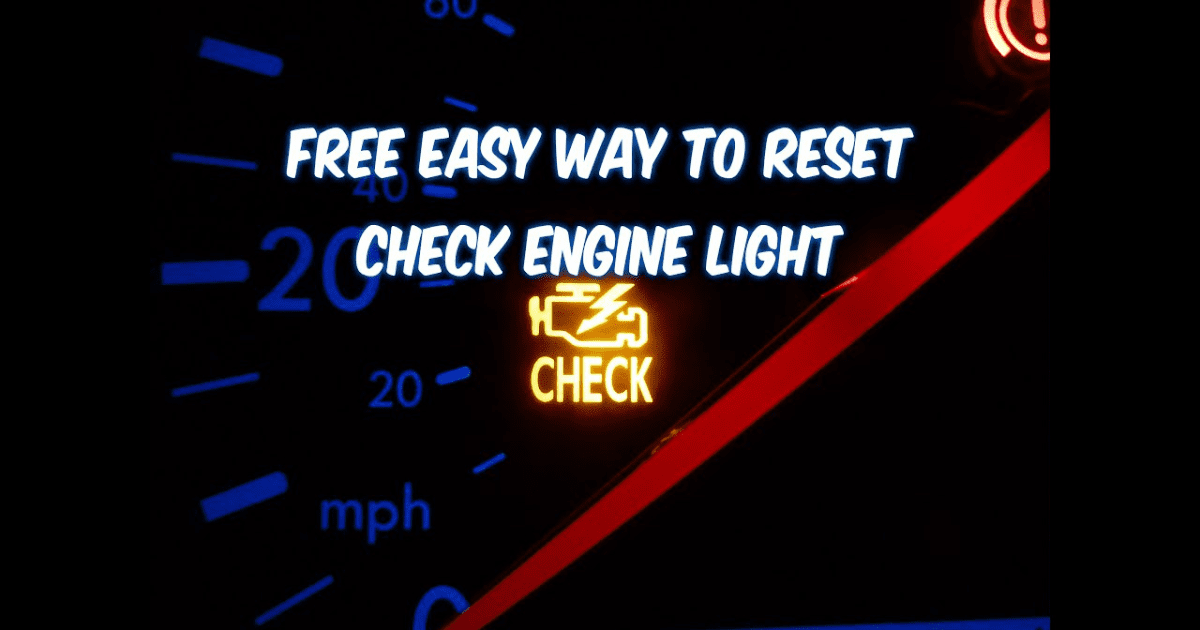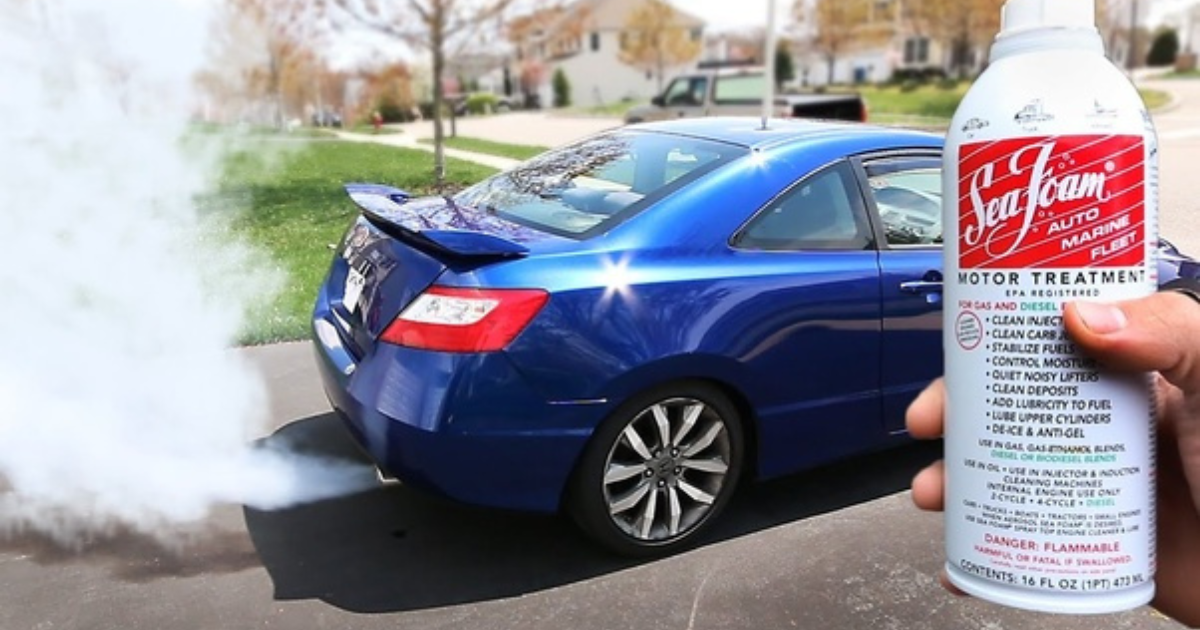If your car’s engine is idling rough, it may feel like it’s shaking or vibrating more than normal, even when it’s not moving. Along with this roughness, the speedometer needle often moves around, the RPMs change, and the check engine light may come on. These signs show that the engine isn’t moving smoothly at its normal RPM, which is usually between 600 and 900 RPM.
How the Idle System Works
In a combustion engine, the idle system is meant to keep the RPM at a minimum so that the engine runs smoothly. To do this, the cylinders must fire in the exact right order, and the motor must spin fast enough to create the compression needed for fuel burning. The engine also has to run extra parts like the water pump, power steering pump, AC compressor, and alternator, which adds to the load. To handle these loads and keep the engine running, it’s important to keep the idle speed steady.
Common Causes of Rough Idle
- Motor Mounts That Are Broken or Weak: RPMs that change can be caused by motor mounts that are broken or weak, but they can make the engine feel rough. Parts that are powered by the engine, like the generator or air conditioner compressor, can also break down inside the engine, causing too much drag and a rough idle. Bad engine mount
- pressure Leaks: Engines need a certain amount of pressure to keep the mixture of air and fuel in the right place so that it burns properly. This balance can be thrown off by any leaks in the vacuum system, which can cause the engine to stop rough. Leak of vacuum
- Spark Plug Problems: Spark plugs are very important for lighting the mixing of fuel and air in the combustion chamber. Misfires can happen when spark plugs are worn, broken, or installed wrong. This can cause the engine to idle rough and shake.
- Problems with Airflow: If the air filter gets clogged or there are other problems in the air intake system, the engine will stutter and idling will become rough. Similarly, the same problem can happen if the airflow sensor doesn’t work right and doesn’t measure air properly. Sensor for airflow
- Problems with Fuel Delivery: If the fuel filter or pump gets stuck or breaks, the engine may not get enough fuel, which can cause an incorrect air-fuel mixture and a rough idle. Failures of the fuel filter: Different sensors are used in modern engines to finetune the mixture of air and fuel and the time of the spark. When sensors like the oxygen sensor, throttle position sensor, or camshaft sensor fail, they can mess up the engine’s performance and make it idling rough.
- Wrong Idle Speed and Spark Timing: Idle control screws on older engines with carburetors or early fuel injection systems may become out of place. Idle speed is kept steady in modern engines by idle control valves or more complex systems like variable camshaft timing. These systems can fail and cause rough running. The rest speed is wrong
- Failures inside the engine: Rough running can be caused by serious problems like a blown head gasket, cracked cylinder heads, or broken valve train parts. Most of the time, these issues need major fixes.

Diagnosing and Resolving Rough Idle
A rough idle needs a careful look at the engine and all of its parts to be identified. Here are some steps that a professional tech might take:
- Visual Inspection: Look for damage or wear that is easy to see, like broken motor bolts or vacuum leaks that you can see.
- The engine control unit (ECU) will give you error numbers that you can read with an OBD-II scanner. These codes can give you hints about problems with sensors or other issues.
- Test the Vacuum: To find leaks in the vacuum system, use a vacuum tester.
- Checking the Spark Plugs: Take out the spark plugs and look at them for damage or wear. Replace any plugs that aren’t working right.
- Check the fuel system and airflow: Check to see if the air filter and intake device are blocked. Make sure the fuel pump and filter are working right by checking the fuel flow.
- Sensor Testing: Use a multimeter or other specialized troubleshooting tools to test the different sensors and make sure they are working within their designated ranges.
- Engine Compression Test: Do a compression test to see if there are any problems inside the engine, such as a blown head gasket or broken piston rings.

Conclusion
There are many problems, from small to major, that can cause the engine to idle rough. You can solve the problem more effectively if you know what the possible causes are and how to identify them. It’s best to talk to a professional mechanic if your car is idling badly so they can do a full check and make the necessary repairs. By keeping up with maintenance and repairs on time, you can keep your engine going well and avoid problems that will cost a lot in the future.




